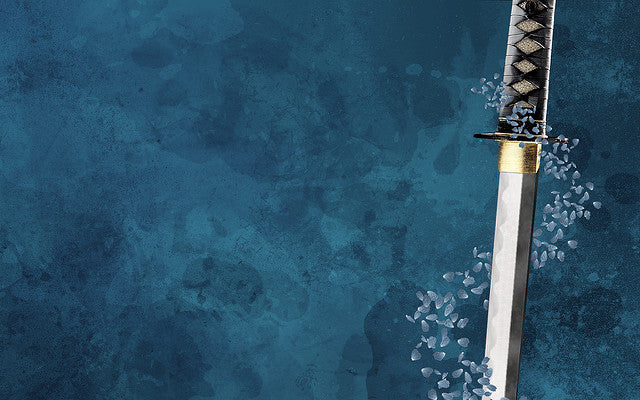Your Cart is Empty


Nearly every civilized, populated region has produced and used swords throughout history. However, Asia is largely regarded as being a global leader in the art of swordmaking.
#1) Korean Swordmaking Began 3,000 Years Ago
Swordmaking on the Korean Peninsula dates back some 3,000 years ago. Some of the most popular swords produced here include the yeoh do, geom and hyup do, as well as curved-blade swords like the Samindo.
#2) Japanese Swords Had Up to 0.8% Carbon
Swords produced in feudal Japan were known for their high carbon content. In fact, Japanese swordsmiths even used a special type of high-carbon steel to produce their swords: tamahagane. So, just how much carbon did these swords contain? According to an analysis conducted by Jerzy Piakowski in the early 1990s, the katana had a carbon content of about 0.8% at the surface. In the core, however, the carbon content was significantly lower with just 0.2%.
#3) The Mongol Invasions Changed Japanese Swords
In Japan's Kamakura period (1185 to 1333), the region was under constant attack by Mongolian forces. This prompted swordsmiths to change the design of their swords. Previously, Japanese swords were designed with exceptionally long blades. The Mongol Invasions, however, created close-combat fighting scenarios, forcing Japanese swordsmiths to design shorter swords. The short-bladed swords proved highly effective at fending off the invading Mongols.
#4) Korea's Three Kingdoms Swords Were Reserved for Commanders
During Korea's Three Kingdoms period, swords weren't distributed to or used by infantry. Instead, they were reserved for upper-level soldiers, including cavalry and commanders. Korea took a different approach to warfare. Rather than equipping infantry with swords, it equipped them with bows and spears.
#5) Korea's Joseon Period was Pinnacle of Swordmaking
Korea' Joseon period (15th to 19th centuries) is considered the region's pinnacle of swordmaking. Swords produced during this period were made using the highest quality sweet and greatest attention to detail. During this era, Korean swordsmiths produced exceptional quality swords like the jedok geom and bonguk geom.
#6) Differential Heat Treatment Created Up to 65,000 Layers
In feudal Japan, swordsmiths would use differential heat treatment to create up to 65,000 layers. This allowed for a superior level of strength that was simply unmatched by other regions.
#7) Japanese Swords Took Weeks to Forge
Forging a traditional Japanese sword wasn't an easy task, nor was it quick. On the contrary, it often took weeks of hard work to turn the high-carbon steel into a finished, functional sword.